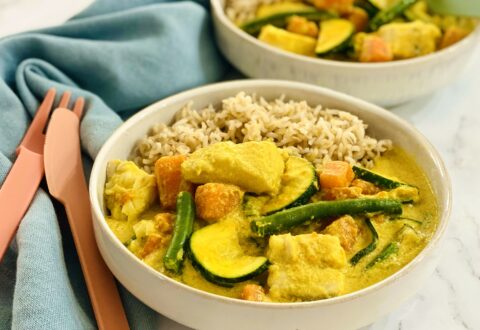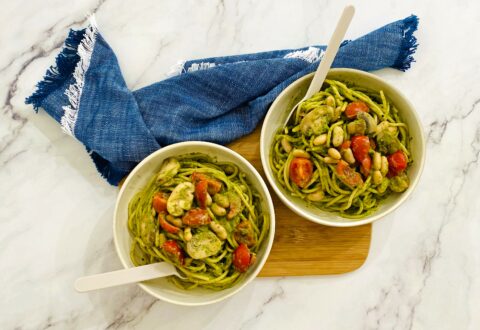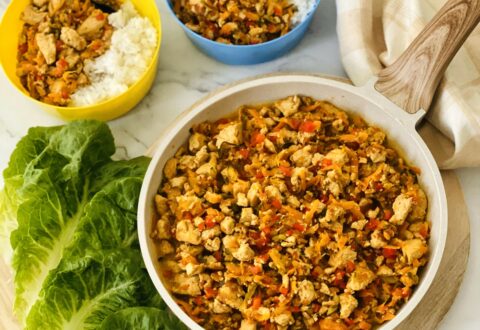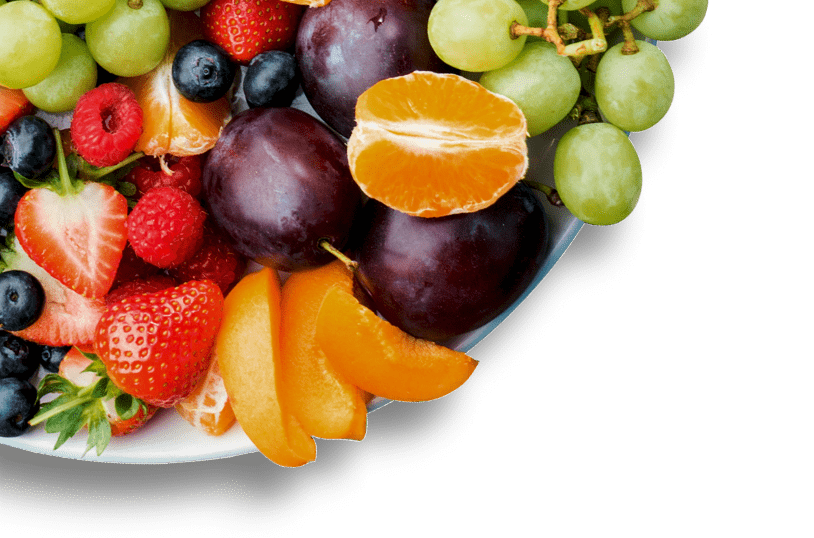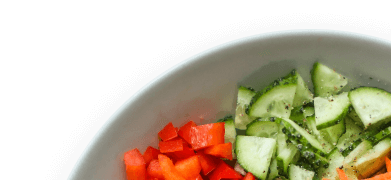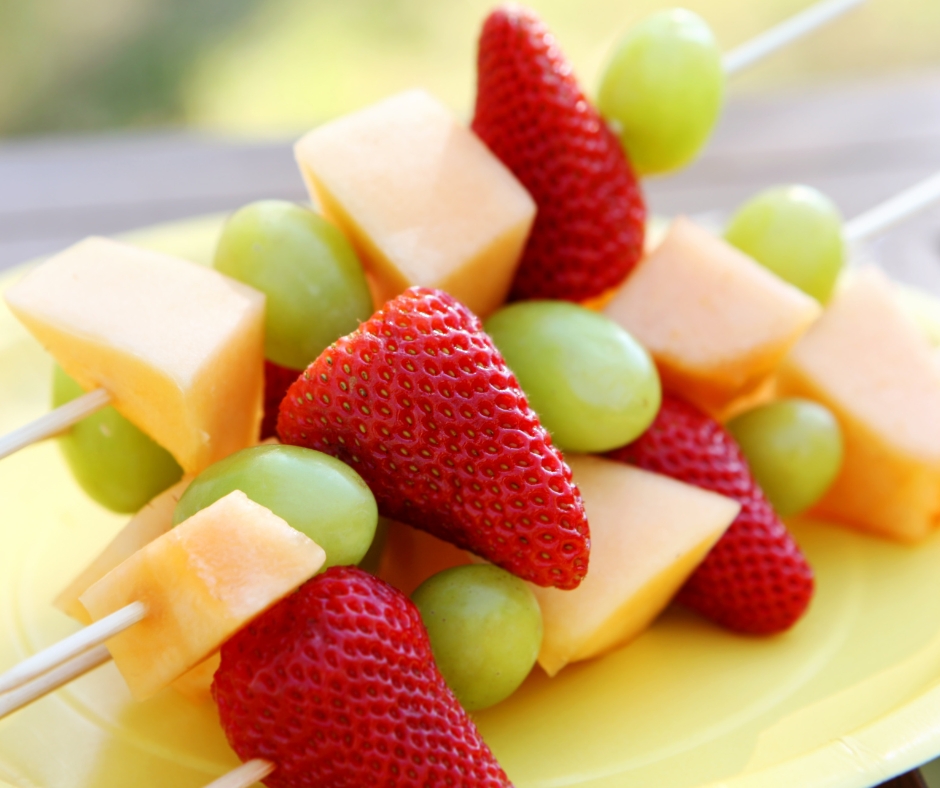Cow’s milk allergy
Cow’s milk is beneficial for children as it provides essential nutrients for healthy bone and tooth development as well as growth.

Cow’s milk should only be avoided if an allergy has been officially diagnosed by a recognised health professional. It is recommended that services request written documentation of cow’s milk allergy diagnosis (from the health professional) before excluding dairy products.
If a child is allergic to cow’s milk, alternative foods and drinks will be needed to meet the child’s requirements for growth and development (such as calcium fortified soy drink).
Allergy action plan
Allergy action plans are recommended to advise staff what to do if a known allergen is ingested. The action plan should be developed with the child’s family and treating team (doctor, allergist, paediatrician) and be approved and signed by a recognised health professional involved in their care.
On enrolment, centres should request written documentation of confirmed allergies from the child’s treating team. Parents should document exactly what their child can and cannot tolerate to avoid confusion and this should be written on the allergy action plan.
Specialised anaphylaxis action plans are essential for children with anaphylactic reactions to cow’s milk protein.
For information about developing an allergy action plan visit Allergy policy and allergy action plans or the Australasian Society of Clinical Immunology and Allergy (ASCIA)* website
Why avoid cow's milk
Parents may request their child avoid cow’s milk for a variety of reasons. It is very important to determine the reason for avoidance because completely avoiding milk products may not be necessary unless a true allergy is diagnosed.
Dietary management of lactose intolerance is very different to the dietary management of cow’s milk allergy (refer to the ‘lactose intolerance’ section of Food intolerance for more information). If a child is lactose intolerant but following the diet for a child with cow’s milk allergy, they will be following an unnecessarily restrictive diet which can impact on growth and bone development. However, if the child has a true cow’s milk allergy, this restrictive diet (with appropriate alternatives and supplementation) is necessary for their health.
Cow’s milk is the most common cause of food allergies in children. Unless parents advise otherwise, children allergic to cow’s milk should strictly avoid cow’s milk and all foods containing cow’s milk.
Avoiding cow's milk as a drink
If children are allergic to cow’s milk, a calcium fortified alternative is required. The alternative chosen will depend on the child’s age and whether or not the child tolerates soy drink. Approximately 40% of children who are allergic to cow’s milk are also allergic to soy drink. The most suitable cow’s milk substitute should be determined by the child’s doctor or dietitian.
Cereal and nut milks such as rice and oat drinks should only be used if advised by the child’s doctor or dietitian as these are low in energy, protein and other nutrients. In addition, not all varieties include added calcium.
Infant formula is usually based on cow’s milk. Children under 1 year of age will require an alternative infant formula which should be offered under the supervision of a health professional.
The following table outlines milk alternatives and their suitability for different age groups.
| Milk or alternative | Suitability |
|---|---|
| Partially hydrolysed infant formula Examples: Nan HA Gold, Nan AR, Aptamil Gold + HA, Karicare Comfort | Not suitable for infants with established cow’s milk allergy. |
| Soy infant formula Examples: Karicare Soy, S26 Gold Soy. | Recommended first alternative to milk for infants over 6 months of age Up to 40% of children who are allergic to cow’s milk will also be allergic to soy products. |
| Extensively hydrolysed and amino acid based infant formula Examples: Aptamil Gold PeptiJunior, Alfare, Aptamil Gold Allerpro, Elecare, Neocate and Neocate Advance. | Suitable from birth to 2 years. Specialised hypoallergenic formula available only with prescription from medical practitioner. |
| Sheep and goats milk | Not suitable for infants under 12 months. Not a suitable alternative to cow’s milk because these contain a similar protein to that found in cow’s milk and can result in similar symptoms. |
| Soy drink | Not suitable as a drink for infants under 12 months. Suitable for older children (1-2 years) if soy is tolerated. Ensure calcium fortified soy products are used. |
| Cereal and nut milks Examples: Rice milk, oat milk, almond milk. | Not suitable as a drink for infants under 2 years of age. Usually well tolerated for children who react to cow’s milk and soy drink. Low in fat and protein and need to be used with caution for children under 2 years of age or children with slow growth. Ensure calcium fortified varieties are used. |
| A2 milk | Not suitable for infants under 12 months. Not a suitable alternative to cow’s milk because it contains cow’s milk protein and can result in similar symptoms. |
| Lactose free milk | Not suitable for infants under 12 months. Not a suitable alternative to cow’s milk because it contains cow’s milk protein and can result in similar symptoms. |
Avoiding cow's milk in food
Avoidance of cow’s milk and cow’s milk products is required for children who have a cow’s milk allergy. The following table outlines foods which are likely to contain cow’s milk, and foods which are likely to be cow’s milk free.
| Food group | Cow’s milk free foods | Foods containing milk or likely to contain milk |
|---|---|---|
| Fruit and vegetables | Fresh, dried, canned fruit and vegetables Fruit and vegetable juices | Commercial potato salad, mashed potato, instant potato, fruit bars, vegetables in tins or packets, canned soups, canned vegetables in mayonnaise |
| Grains (breads and cereals) | Most bread Breakfast cereals (e.g. Rice Bubbles, Weetbix, Cornflakes) Plain baby rice cereal Wheat, oats, rice, bran, other grains Flours: wheat, corn, rice, soy, potato Pasta, spaghetti, noodles, sago, couscous, polenta, semolina, tapioca | Bread with milk products/cheese, commercial garlic bread French toast Glazed products Some muesli, muesli bars and chocolate flavoured cereals Commercial mixed baby cereals and muesli, baby rusks Canned spaghetti, macaroni cheese, filled pasta |
| Milk, yoghurt, cheese and alternatives and dairy desserts | Soy infant formula, soy drink (calcium fortified) Specialised infant formula Most soy yoghurt (check label) (may use milk based starter culture) Some soy cheeses (check label) Coconut based yoghurt and ice cream Custard and milk desserts made with soy or rice milk, soy ice confection | Milk: cow’s, sheep, goat, lactose free, reduced fat, skim, UHT, A2, powdered, evaporated, condensed, buttermilk Regular and partially hydrolysed infant formula Yoghurt, Fruche, custard, yoghurt drinks, fermented milk drinks All cheese e.g. cheddar, ricotta, cream, cottage, goat Most vegetarian or soy cheeses (often have casein, a milk protein, as an ingredient) Sorbet, gelato, ice confection (check label) |
| Meat, poultry, fish, eggs, legumes and nuts | Fresh/frozen meat, chicken, fish Canned fish in oil, brine or water Beans/legumes (canned or dried), plain baked beans Tofu, eggs Nuts, nut paste, peanut butter | Some patties, burgers, pasties, sausages, meatloaf, fish fingers, chicken nuggets, sausage rolls, pies, processed meats, sandwich meats, crumbed/battered products (check label) Omelette, quiche, scrambled egg unless made with milk free products Flavoured baked beans (e.g. cheese in sauce) |
| Cakes and biscuits | Cakes, biscuits, muffins, slices, pancakes using milk free margarine and soy or rice drink | Commercial cakes, biscuits, slices, pastries unless labelled milk free Waffles, pancakes and pikelets Flavoured dry biscuits (check label) |
| Salad dressings and sauces | Vinegar based salad dressing e.g. French, Italian, balsamic Homemade/commercial gravies Tomato sauce, soy sauce | Creamy salad dressing e.g. coleslaw, Caesar, mayonnaise Béarnaise, tartare, hollandaise sauce Béchamel, white or cheese sauce |
| Soups | Homemade soup without milk products | Creamed soups |
| Jams/spreads | Vegemite, honey, jam, marmalade | Nutella, cheese spread |
| Drinks | Flavoured toppings, cocoa Soy or rice milk | Milk shakes, flavoured milk drinks, chocolate drink powders, malted milk powders, high protein drink powders, drinking chocolate |
| Fats and oils | Cooking oil, milk free margarine | Ghee, butterfat, margarine, butter, cream, imitation cream |
| Other | Tomato salsa, hummus dip Stock cubes, herbs/spices, salt Essences | Commercial dips (check label), yoghurt sauce, raita dip |
Avoiding cow’s milk in packaged foods
In Australia, cow’s milk must be declared on food labels. Labels should be carefully checked for presence of cow’s milk (even if you have brought the product before) as product recipes can change.
The following ingredients indicate the presence of cow’s milk in a product:
- milk (fresh, UHT, evaporated, condensed, powdered, A2, buttermilk), non fat milk solids, milk solids, milk powder
- butter, butter oil, butter fat, ghee
- whey, hydrolysed whey, casein, caseinate
- lactose
- chocolate
- beverage whitener
- lactalbumin
- cheese
- rennet, curds
- ice cream, cream
- custard, yoghurt, fromage frais
- natural flavouring (cow’s milk)
Replacing cow’s milk in recipes
Try the simple substitutions below to make your recipes cow’s milk free. Remember, many children who are allergic to cow’s milk are also allergic to soy drink.
Check with the parents of allergic children before offering milk alternatives such as soy.
| Ingredient | Allergy alternative |
|---|---|
| Cow’s milk | Soy beverage or rice drink. Choose calcium fortified brands |
| Butter, margarine | Milk free margarine |
| Cheese | Omit |
| Crumbed meat or chicken | Grilled meat or chicken (uncrumbed) |
| Yoghurt | Soy yoghurt (highly allergic children may still react due to use of a milk based starter) Custard made with rice drink |
* The ASCIA website includes personal action plans for allergic reactions and for anaphylaxis. These are medical documents that can only be completed and signed by the patient’s treating medical doctor and cannot be altered without their permission.
References
Adapted with permission from: Cow’s Milk Allergy fact sheet, Department of Allergy and Immunology, Royal Children’s Hospital Melbourne, April 2013.
Cow’s milk free diet, Women’s and Children’s Health Network, Women’s and Children’s Hospital SA, March 2011.
For more information please phone 1300 22 52 88 or email heas@nnf.org.au
Except where otherwise indicated, the images in this document show models and illustrative settings only, and do not necessarily depict actual services, facilities or recipients of services. This document may contain images of deceased Aboriginal and Torres Strait Islander peoples. In this document, ‘Aboriginal’ refers to both Aboriginal and Torres Strait Islander people. ‘Indigenous’ or ‘Koori/Koorie’ is retained when part of the title of a report, program or quotation. Copyright © State of Victoria 2016
Written and reviewed by dietitians and nutritionists at National Nutrition Foundation, with support from the Victorian Government.

Featured Recipes
Explore all recipes
Register your interest
"*" indicates required fields




